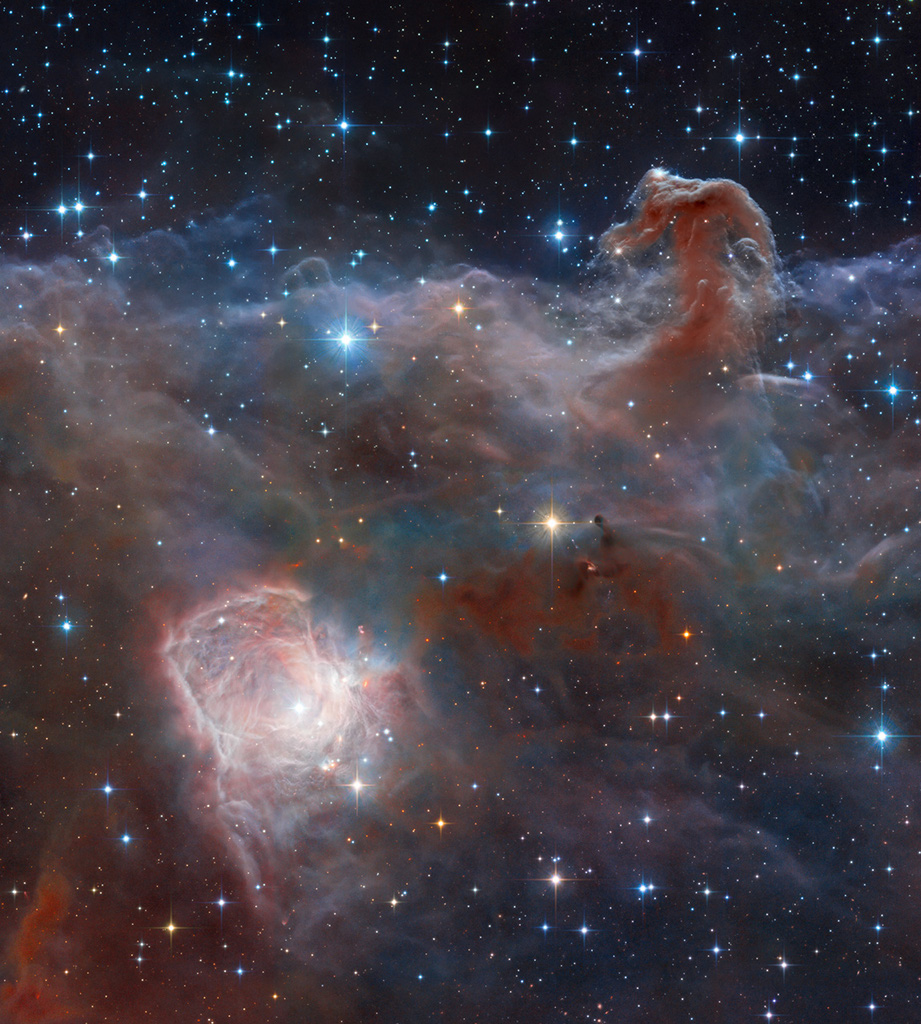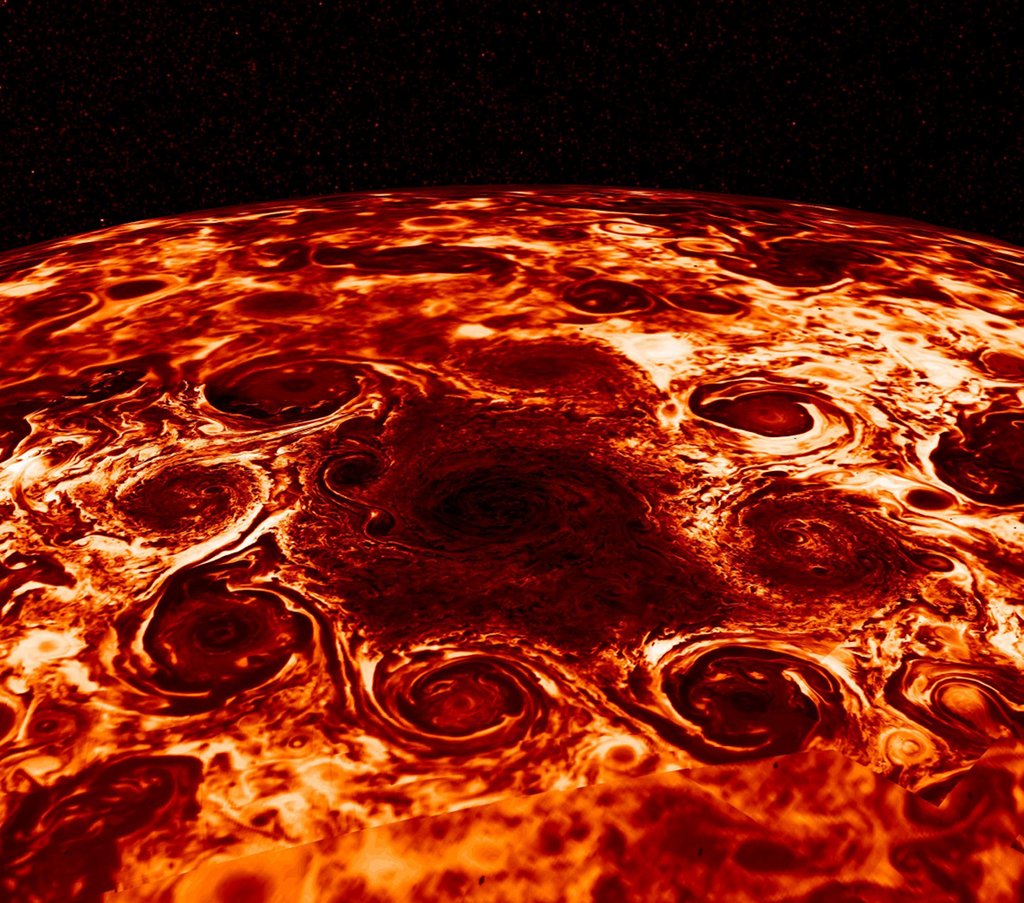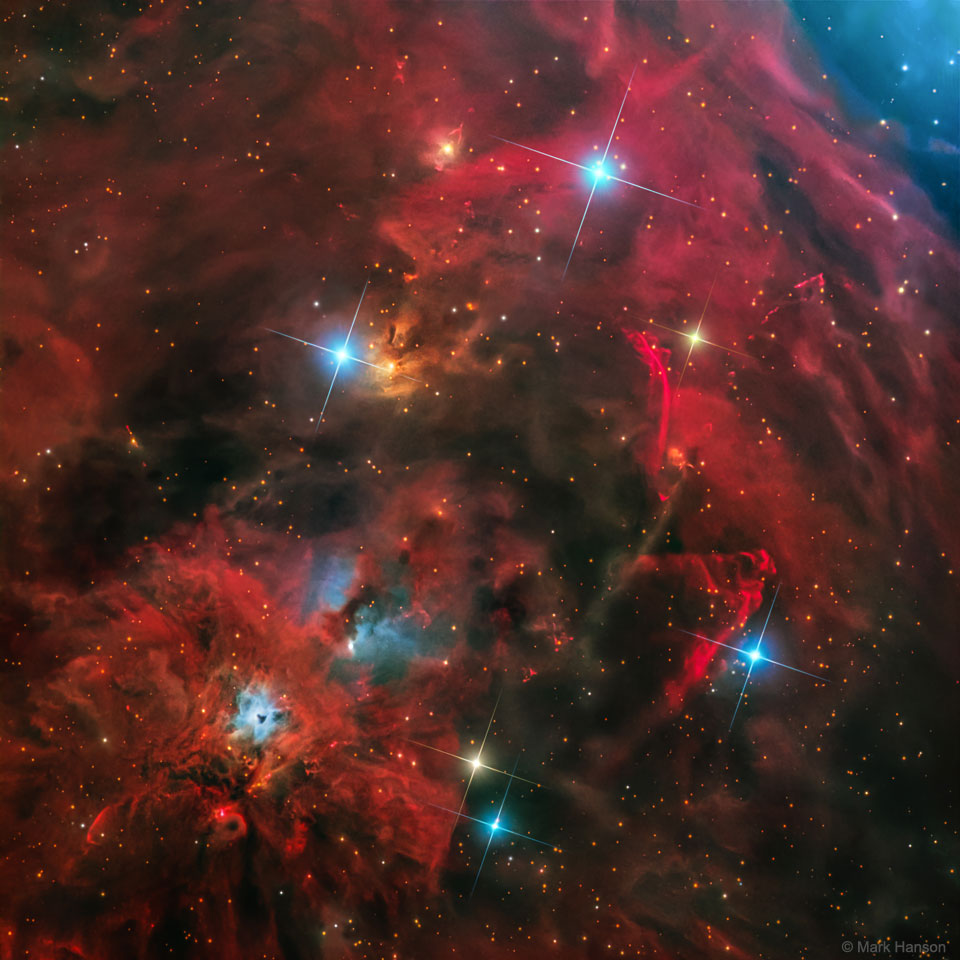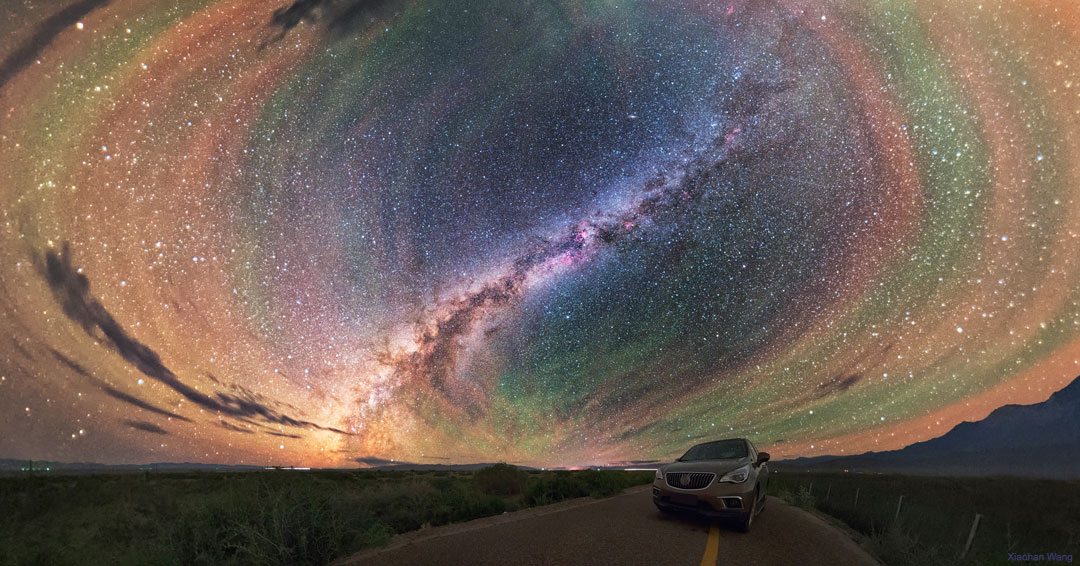
Horsehead: A Wider View



NASA has selected 128 proposals from American small businesses to advance research and technology in Phase II of its 2017 Small Business Innovation Research (SBIR) program. These selections support NASA’s future space exploration missions, while also benefiting the U.S. economy.
from NASA http://ift.tt/2FlL9xy
via IFTTT![]()

Media accreditation now is open for the launch of a NASA spacecraft that will search for planets outside of our solar system with a field of view almost 400 times larger than that of the agency’s Kepler mission.
from NASA http://ift.tt/2oWbMOj
via IFTTT![]()

In order to maximize investment in, and benefits of, future deep space exploration platforms and technologies, NASA and its International Space Station partners have collaborated to draft standards that address seven priority areas in which technology compatibility is crucial for global cooperation.
from NASA http://ift.tt/2H6ng9r
via IFTTT![]()